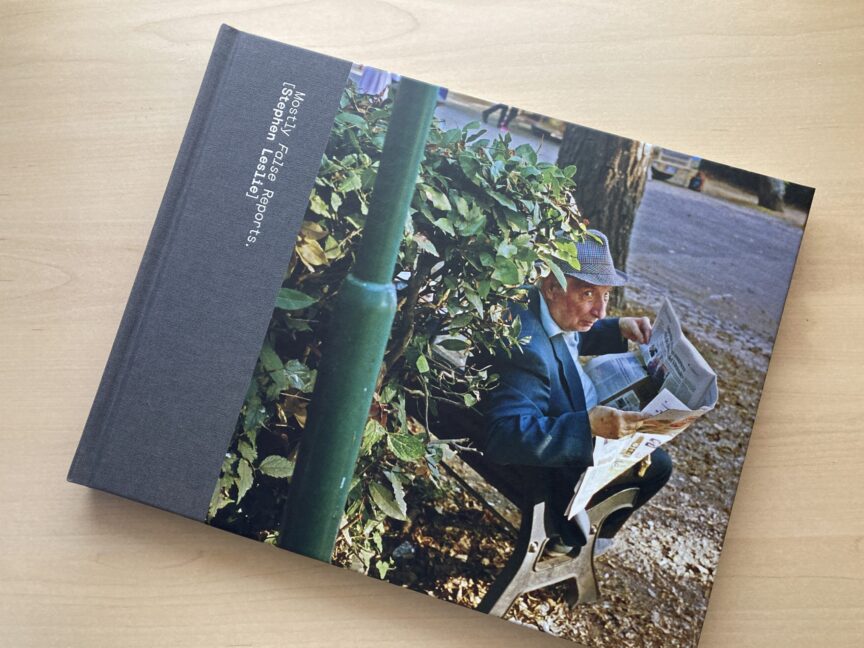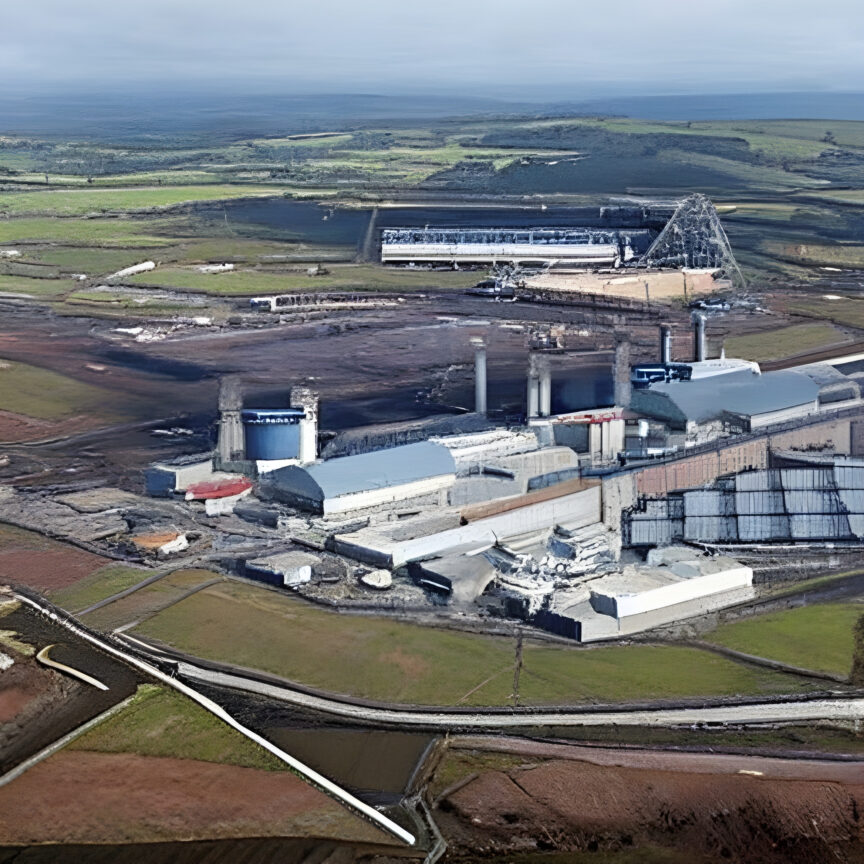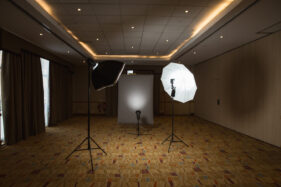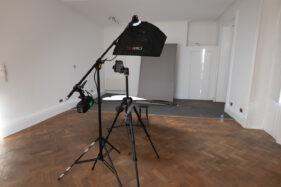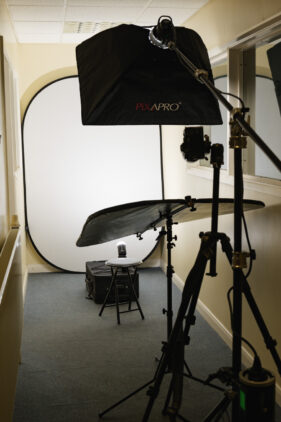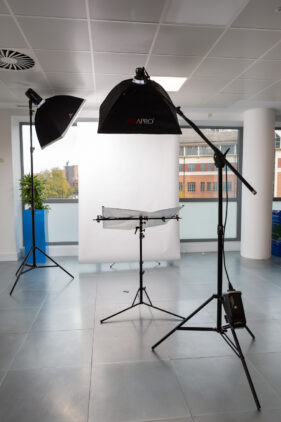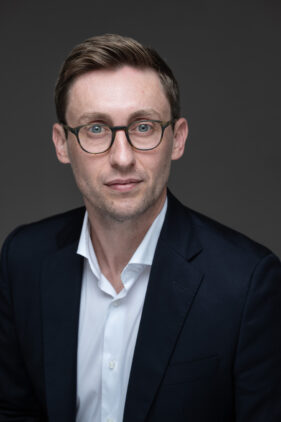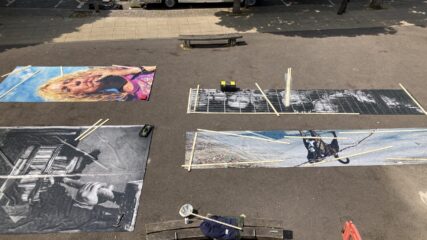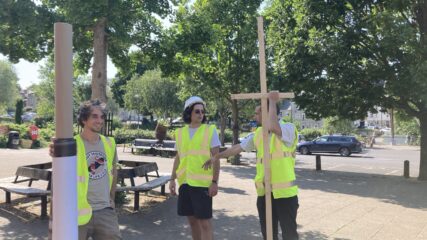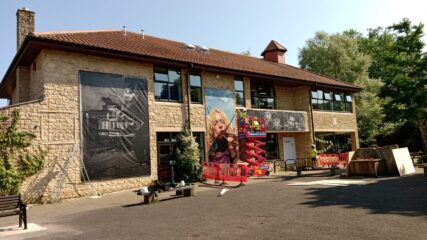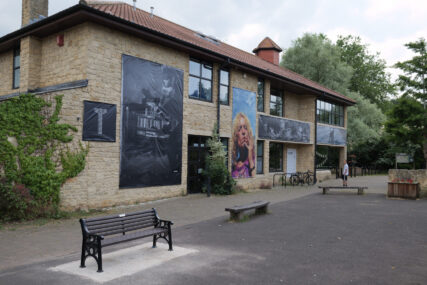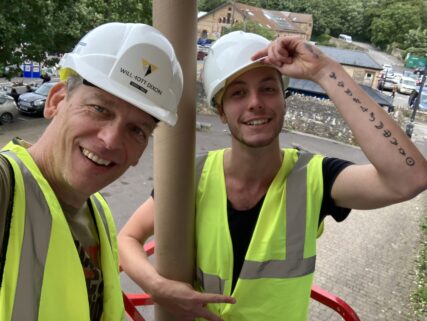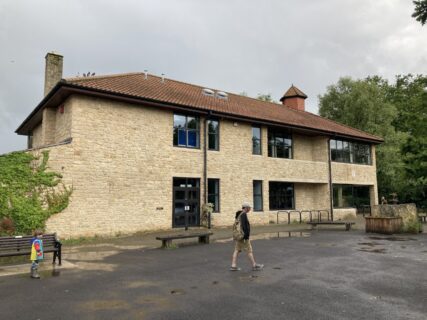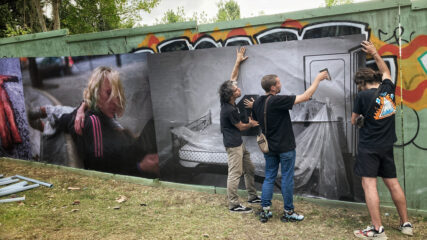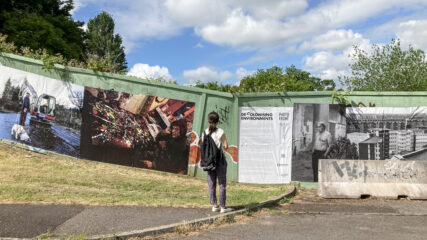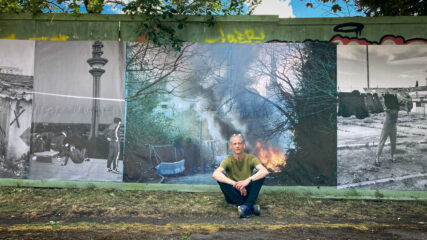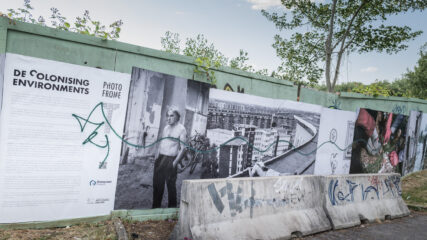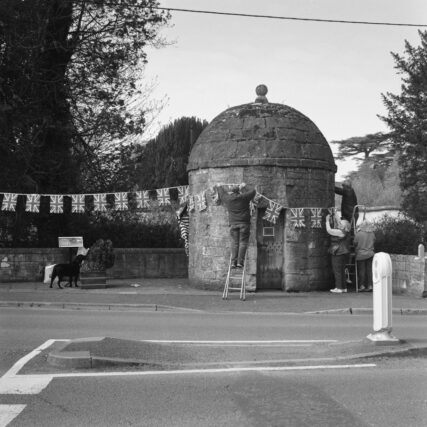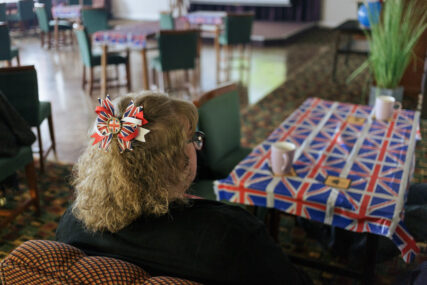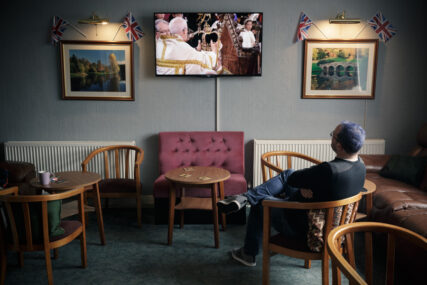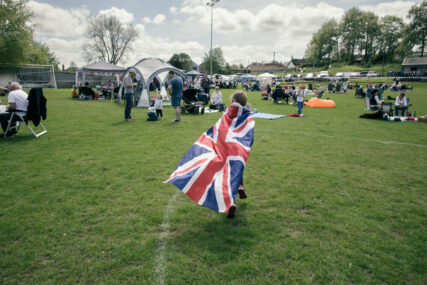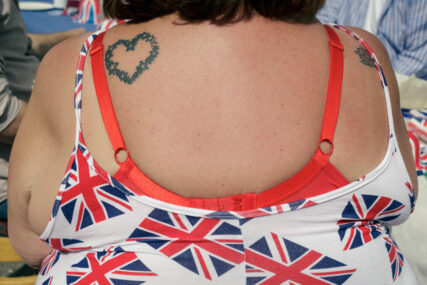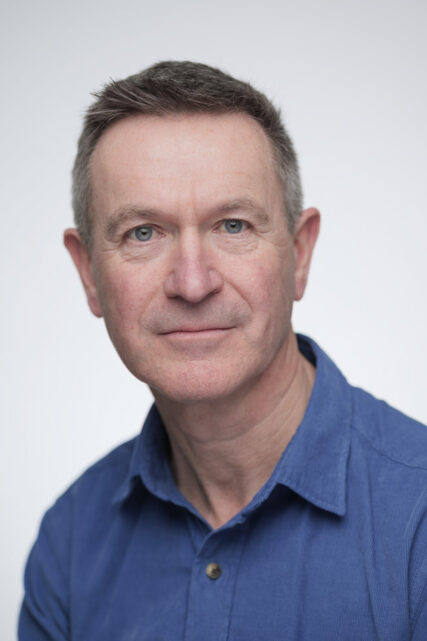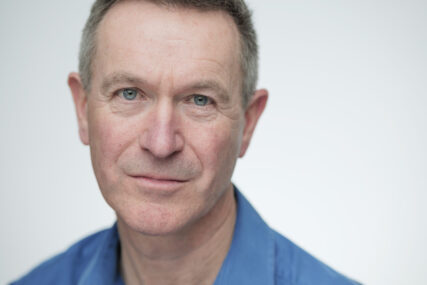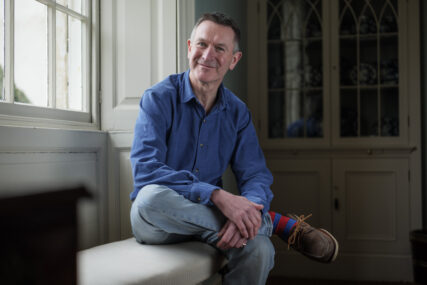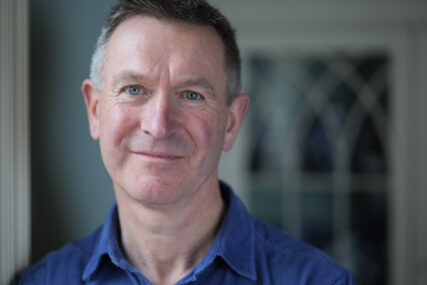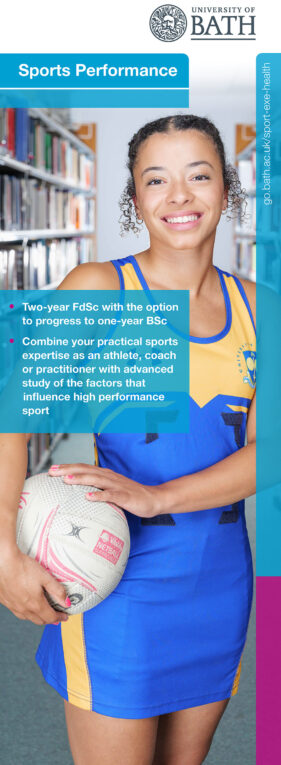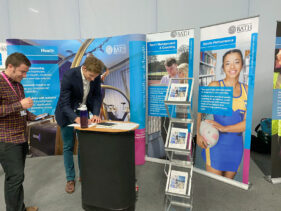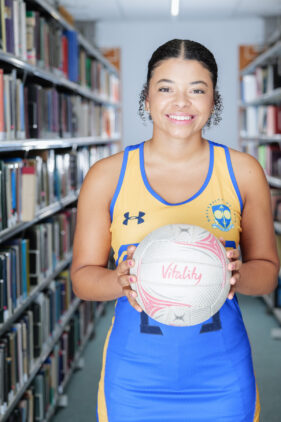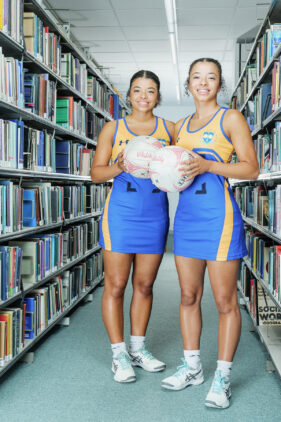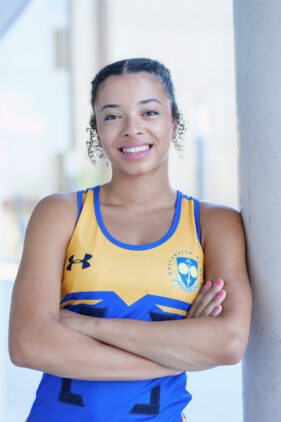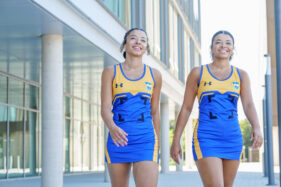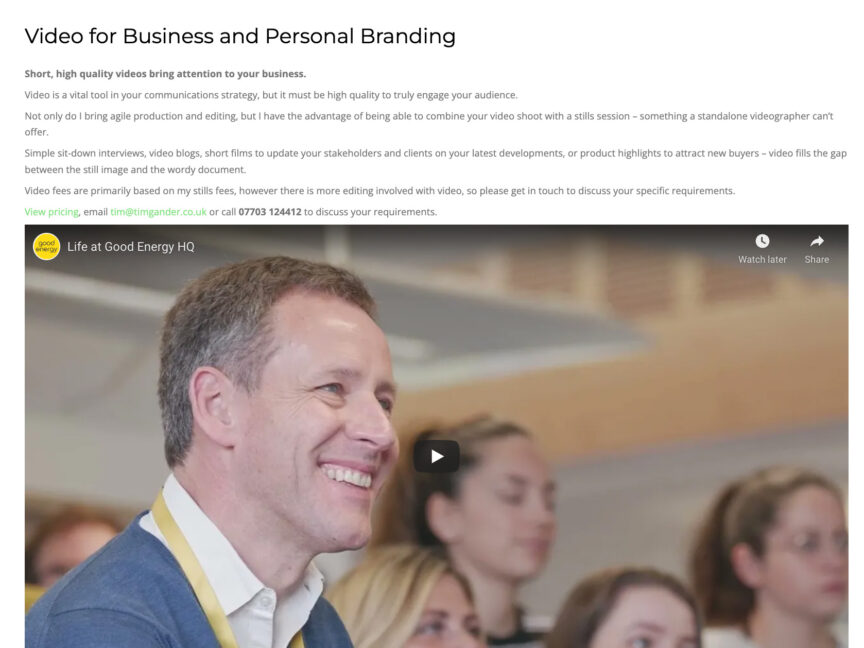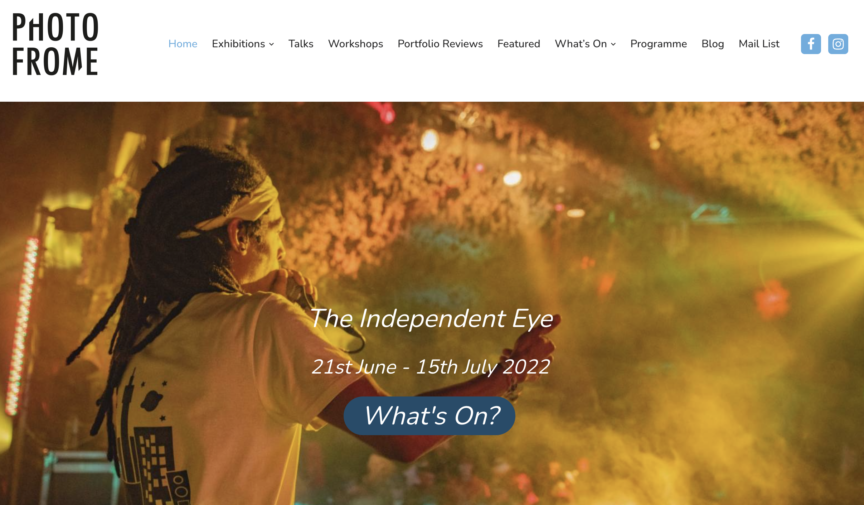“Perhaps I’m joining dots which aren’t there, but with the passing of Elliott Erwitt, I’ve found myself pondering the state of the photographic industry and whether it’s truly entering a new era.
We talk about eras as if there’s some sudden cut-off point between a time when everything is one way and then suddenly it’s all changed. That new era then chugs along solidly until there’s another great upheaval.
Era Today, Gone Tomorrow
Of course, this is nonsense. It doesn’t matter how sudden a change is, there is always a transition period. And that speed of transition will happen more quickly for some, while others will barely notice it happening in their lifetimes. It also comes down to the nature of the era under scrutiny; in the transition from the Bronze Age to the Iron Age, the use of bronze didn’t vanish. Likewise, though obviously on a smaller scale, the same goes for the transition of film photography to digital, or black and white to colour.
Back to why Erwitt’s passing got me thinking about this then. Well, it wasn’t just that. Nor was it the passing of Larry Fink, but it’s fair to say we’re well into an era when great photographers of the 21st Century succumb to the inevitability of chronology, and that in itself is enough to signal a shifting paradigm.
That AI Thing
The passing of ‘the old guard’ comes as AI-generated images have started to make an impact on the world of photography. That’s why this feels to me like a moment of deeper change.
Recently, World Press Photo tried to allow AI image generation in one of its categories. How anyone in their right mind thought AI should have any place whatsoever in a World press photography prize is beyond comprehension. They have now withdrawn the permission to use AI or Generative Fill, but that was after some stiff criticism from photographers.
My concerns around the widespread use of AI in image creation are currently threefold:
1 The data training required for machine learning is a mass copyright infringement almost impossible for creators to track and prosecute. They’ll certainly be last in line to benefit from it financially.
2 Trust in genuine imagery will collapse, leaving us even more exposed to false narratives by toxic groups and regimes.
3 The public will become increasingly ‘anti-photographer’ if they become fearful that, whether with the photographer’s permission or not, the images can be scraped and used to generate images of a damaging or downright nasty nature. We’re already seeing a massive rise in AI-generated child abuse imagery and unless it’s addressed head-on, it’ll only get worse. In return, photographers will find it increasingly difficult or even impossible to document news or simply everyday life if they can’t include people.
A Visual Desert
One way or another, left un-addressed, each of those three concerns will eventually lead to a collapse in our visual culture. All that will be left will be kittens, sunsets and pretty landscapes, and none of those will be real either. The visual white noise of the internet will finally blot out anything of worth.
We can’t live in the past, yet all too many photographers, myself included, yearn for some kind of good old days. A time when photographers, like Elliott Erwitt, Diane Arbus and many besides, could document even the simplest human activities without feeling as though we were committing some kind of crime. A time when pictures mattered more and had greater value, both culturally and in hard currency terms.
Here is my meagre hope; that while AI won’t go away, it will at least settle down into its own genre, an art form in its own right and a play thing for people with too much time on their hands. I hope also that, like the resurgence of vinyl and analogue photography, non-AI-tainted photography might see an increased appreciation. It might even lead to improved values for professional photographers’ work. Miracles may happen.
AI to Restrain AI
Manufacturers are starting to integrate Content Credentials technology into cameras so images can be verified as having been altered (or not), meaning media outlets (and thereby the public) will know that what they’re seeing is authentic. With luck this will make it far easier to separate true from false, but it’s just the start. We need to reach a point where AI imagery can exist without it casting doubt on the veracity of news images.
The Image above was generated through deepai.org using this headline from The Guardian, “Sellafield nuclear site has leak that could pose risk to public”. It would be tempting (but on the whole, wrong) for media outlets to use AI-generated images to illustrate their stories. To be clear, The Guardian did not use this image to illustrate its story.
The Next 40+ Years
Whatever era we’re leaving behind, whatever we’re moving into, change will be both fast and slow depending on your perspective. Whatever happens, we’ll look back on this decade, at the photographers who have passed (and who will yet do so) and we’ll be tempted to draw an arbitrary line and say this was the end of an era.
The truth is, the current era started almost 20 years ago, and it will easily take another 20 years to stop starting by which time it’ll be about ready to start stopping. By which time I’ll be 107 years old (or more likely dead). Either way, it’s highly likely I’ll have stopped caring.

